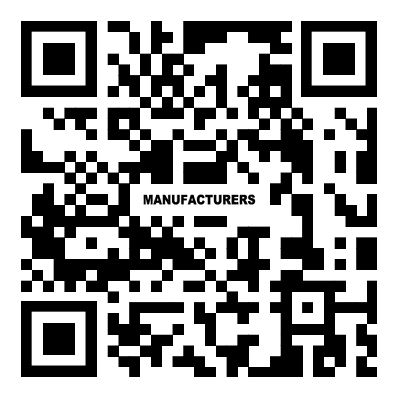Fundamentals of Rapid Prototype
2023-10-19
The fundamentals of rapid prototyping involve key principles and considerations that guide the successful implementation of the process. Here are some fundamental aspects to consider when engaging in rapid prototyping:
1. Clear Objectives: Clearly define the objectives of the rapid prototyping process. Understand the purpose of the prototype, whether it's to validate the design, test functionality, demonstrate a concept, or gather feedback from stakeholders. Establishing clear objectives helps in setting expectations and determining the required level of fidelity for the prototype.
2. Iterative Approach: Rapid prototyping is an iterative process that involves creating multiple versions of the prototype to refine and improve the design. Embrace an iterative mindset and be open to making changes and modifications based on feedback and testing results. Each iteration should build upon the previous version, incorporating lessons learned and making incremental improvements.
3. Select Appropriate Technology: Choose the most suitable rapid prototyping technology based on the desired outcome, budget, time constraints, and material requirements. Consider factors such as resolution, accuracy, speed, material properties, and post-processing capabilities when selecting a technology such as 3D printing, CNC machining, or vacuum casting.
4. CAD Modeling: Create accurate and detailed computer-aided design (CAD) models of the product. The CAD model serves as the basis for generating the physical prototype. Ensure the CAD model is properly dimensioned and includes all the necessary details, features, and specifications required for the prototype.
5. Material Selection: Choose the appropriate material for the prototype based on factors such as functional requirements, appearance, and intended use. Consider material properties such as strength, flexibility, transparency, and heat resistance. Selecting the right material ensures that the prototype closely resembles the intended final product in terms of look, feel, and functionality.
6. Testing and Validation: Use the prototype for testing and validation purposes. Conduct functional testing to assess the performance of the design, verify proper operation, and identify any potential issues or improvements. User testing can provide valuable feedback on usability, ergonomics, and user experience. Collect and analyze data from testing to drive further design iterations.
7. Collaboration and Communication: Involve relevant stakeholders, such as designers, engineers, clients, and end-users, in the rapid prototyping process. Encourage collaboration and gather feedback throughout the iterations to ensure the prototype aligns with requirements and expectations. Effective communication helps in refining the design, addressing concerns, and making informed decisions.
8. Time and Cost Considerations: Rapid prototyping aims to reduce both time and cost compared to traditional manufacturing processes. However, it's essential to balance the level of detail and complexity with the available time and budget. Assess the trade-offs between the desired fidelity of the prototype, project timeline, and available resources to ensure a feasible and efficient prototyping process.
By considering these fundamentals, you can effectively leverage rapid prototyping to iterate and refine your design, validate functionality, and gather valuable feedback to drive the product development process.


